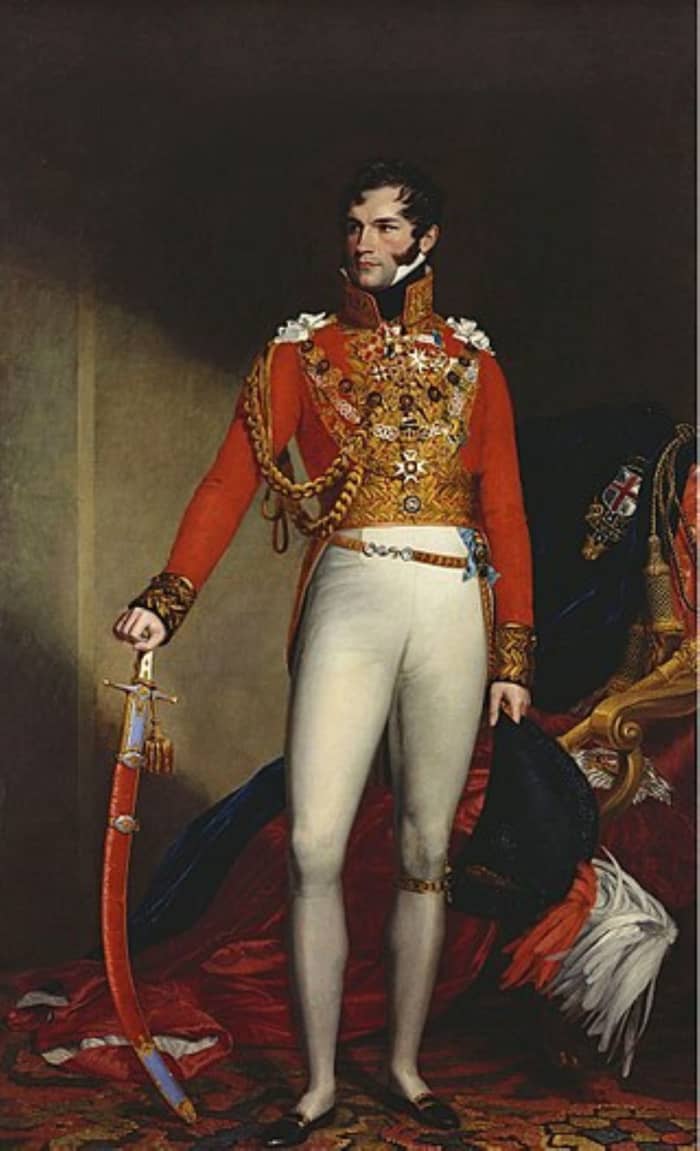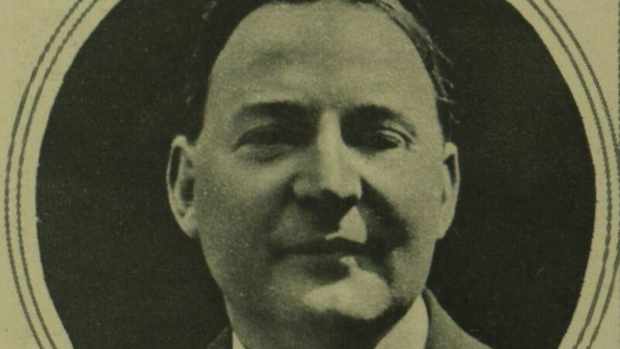Princess Charlotte of Wales: Born to Be Queen but Dead at 21
Princess Charlotte Augusta of Wales
George, Prince of Wales, the future King George IV, and Caroline of Brunswick, the Princess of Wales, had one child during their acrimonious marriage.
Princess Charlotte Augusta of Wales was born on the 7th of January, 1796, and she was named in honour of her grandmothers. She arrived nine months after a wedding ceremony that had featured a drunken groom, an apoplectic King George III and an unimpressed bride.
With their duty of providing an heir for the throne complete, the Prince and Princess of Wales parted, although George never managed to secure a divorce from Caroline. The Wales's spent years battling for public favour, and they unashamedly used their daughter as a pawn in their bids for supremacy.
In London, Caroline lived at Montague House, George resided at Carlton House, and Charlotte, a small child, was given her own household and staff at Warwick House next door to Carlton House by George.
This was obviously not the best approach to parenting. Her governesses, Lady Elgin and Lady de Clifford, became her mother figures.
Prince Leopold of Saxe-Coburg-Saalfeld
Charlotte was a warm-hearted tomboy with a rebellious streak. She often took on ungainly postures to irritate her elders, argued against her father’s wishes and even ran away from home on one occasion to anger him.
She felt that her mother Caroline's outrageous behaviour was normally a response to George's poor treatment of her. Caroline was persuaded by George and a generous sum of money to retreat to the continent in 1814. Princess Charlotte never saw her mother again.
Charlotte of Wales and 23-year-old Prince Leopold of Saxe-Coburg-Saalfeld, a Lieutenant General and soldier of fortune, first met at the Pulteney Hotel, London, on the 10th of June 1814. A short time afterwards, she called off her dynastically arranged engagement to William, Hereditary Prince of Orange.
George, Prince of Wales, disliked Leopold’s lack of wealth and his sober character, but after much wrangling, Charlotte was given permission to marry Leopold in early 1816.

Prince Leopold of Saxe-Coburg-Saalfeld by George Dawes. In 1831 he became King Leopold I of the Belgians.
Wikipedia Public Domain

The wedding of Princess Charlotte of Wales and Prince Leopold of Saxe-Coburg-Saalfeld.
Public domain
Leopold and Charlotte Marry at Carlton House
Princess Caroline was in Italy with her lover, Pergami, and she received the news of her daughter's engagement with indifference. George ensured that Caroline was not invited to the wedding.
At 9 p.m. on Thursday, 2 May 1816, Leopold and Charlotte were married in the Great Crimson Room, Carlton House. Charles Manners Sutton, the Archbishop of Canterbury, officiated. The royal family, except the indisposed George III, attended.
Charlotte wore a silver and white satin empire line gown edged with Brussels lace.
When Leopold spoke his vows about "worldly goods", Charlotte giggled, much to the indignation of her family, because it was common knowledge that he had almost nothing in the way of worldly goods to offer her.
Charlotte and Leopold took a short honeymoon at the Duke and Duchess of York’s property, Oatlands, in Surrey.
Claremont House and Plans for a Bright Future
After their honeymoon, Charlotte and Leopold lived for a short time at Camelford House on Oxford Street in London, and then they moved into Claremont House in Esher, Surrey, which parliament had purchased for them as a wedding gift. It was a house with a sorrowful past containing addiction, suicide and premature deaths.
Charlotte concentrated on building a happy life with Leopold, and her rebellious streak was tamed (most of the time).
Charlotte was seen by many people as the figure who would redeem the House of Hanover, beset as it was by King George's alleged madness and her father and uncles’ numerous affairs, illegitimate offspring and scandals.
Charlotte suffered two miscarriages before her spring 1817 pregnancy. Economists expected that the stock exchange would benefit by anything up to 6% if she bore a prince and 2 or 3% if she had a princess.

Claremont House in Esher, Surrey. Today it houses a school. The National Trust cares for the grounds.
Wikipedia Public Domain
A 50-Hour-Long Labour and a Stillborn Prince
Charlotte’s health was reasonable but not robust, and throughout her life, she endured unexplained painful episodes (some historians believe this was a symptom of porphyria).
Her obstetrician Sir Richard Croft placed her on a strict diet, and he championed a course of bloodletting that significantly weakened Charlotte.
On the 3rd November 1817, Princess Charlotte went into labour. It lasted for over fifty hours. Leopold stayed by her side as his fears for Charlotte and their child increased.
At 9 p.m. on the 5th November 1817, a nine-pound stillborn son was delivered by a breech birth. Forceps were not used in that era, and a caesarean was rejected because it would probably have killed Charlotte.
When she was told about her child’s fate, she took the news stoically and appeared to be more concerned about Leopold's grief. George, Prince of Wales, was kept updated by her physicians. They told him that Charlotte was recovering well.
This was not so.
The Heirless House of Hanover
The twenty-one-year-old Princess died in the early hours of the 6th of November after enduring convulsions, stomach pains, violent nausea and postpartum haemorrhaging.
Leopold and George were stunned and devastated. Queen Charlotte despaired because, aside from personal grief, shed realised that the House of Hanover had no legitimate heirs.
George refused to write to Caroline, and Leopold was lost in his grief. George did, however, write an epistle to the Pope and his letter travelled through Pesaro in Italy, where Caroline lived. She learned by chance that her only child and grandchild had been lost.
In the court of public opinion, Sir Richard Croft was guilty of causing Charlotte’s death by weakening her so that she could not survive the long labour. The royal family publicly absolved him of blame, but he shot himself on 13th February 1818.
Leopold received great sympathy, but George was accused of not giving his daughter enough attention during her final days. There was unprecedented public mourning, and people sobbed in the streets, black ribbons and material sold out, and many shops closed for a fortnight as a mark of respect.

Sir Richard Croft was blamed by many people for the death of Princess Charlotte of Wales.
Wikipedia Public Domain
Queen Charlotte Orders Her Sons to Marry and Produce an Heir
Princess Charlotte of Wales and her unnamed son were buried on 19th November 1817 in St. George's Chapel at Windsor. He was laid to rest at her feet.
George had a huge memorial erected which was seen as a sign of a guilty conscience for his neglect by many Britons.
Queen Charlotte instigated the "Royal Race of 1818". She instructed her sons to forsake their mistresses, marry dynastically and produce heirs. The victors of this race to reproduce were Edward and Victoire, the Duke and Duchess of Kent. Their daughter Alexandrina Victoria was born on 24th May 1819, and she ruled as Queen Victoria from 20th June 1837 until her death on 22nd January 1901.
George was an unpopular prince and an equally unloved monarch. He arranged that Caroline, legally the queen when he ascended to the throne, was refused entry to their coronation at Westminster Abbey in 1821. She died a few months later.



